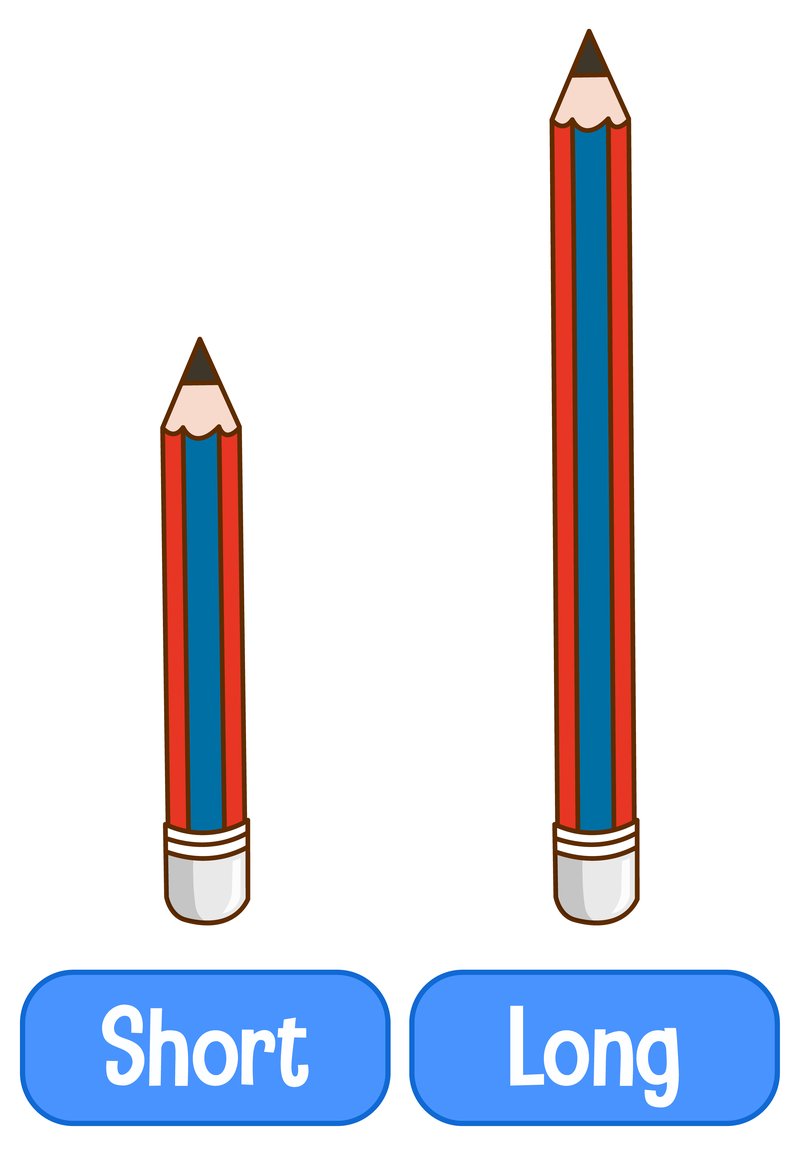
Honestly, if you’re investing in a major appliance like a Rheem HVAC, knowing exactly how long the standard warranty lasts is just as important as learning how to sync your remote or troubleshoot weird noises. Warranties are your insurance policy against the unexpected—like a safety net for surprise breakdowns or factory defects. Let me walk you through what you really get with Rheem’s warranty, how it works, and why it matters.
What Is the Standard Warranty for Rheem HVAC Systems?
Here’s the thing: the standard warranty for Rheem HVAC systems usually covers parts for a set period, depending on the specific model and installation details. For most new Rheem residential air conditioners, heat pumps, and furnaces, you’re looking at a 10-year limited parts warranty. This means if something covered fails on its own—not because it was dropped, misused, or fried by a rogue squirrel—Rheem will usually provide replacement parts at no charge.
But, there’s a twist. The 10-year coverage often only applies if the unit is registered online within a certain window (usually 60–90 days after installation). If you forget to register or miss the deadline, the warranty usually drops down to just 5 years of coverage. That can be a big difference, especially if a major part like the compressor develops a problem in year six.
Think of warranty registration as syncing your remote to your TV: skip that quick step, and suddenly the buttons don’t do what you want. Same goes for your warranty—registration is your “pairing process,” and it unlocks the full coverage you’re entitled to.
Why Registration Matters for Your Rheem Warranty
You might be wondering why on earth you need to register an HVAC system. It’s not like you’d ever forget you bought a giant piece of home equipment, right? But in the manufacturer’s eyes, registration proves you actually installed the unit in a residential setting (not a warehouse or rental property) and gives them key details for future troubleshooting or recall notifications.
Let me explain with a quick story. Imagine two neighbors, both installing Rheem central air units during the same summer heatwave. Neighbor A dutifully registers their new system on Rheem’s website, entering the serial number, installation date, and home address. Neighbor B means to register, but gets distracted by a barbecue. Fast forward five years, and both have parts that fail. Neighbor A gets the part replaced under the 10-year warranty—no sweat. Neighbor B, lacking registration, only qualifies for 5 years and is now out of luck (and out a few hundred bucks).
In short, registration doubles your peace of mind. It also means you’ll get reminders for maintenance, software updates, or if there’s ever a recall code you need to know about. It’s a tiny step that can save a ton of trouble later.
What Does the Rheem HVAC Warranty Cover (And What’s Not Included)?
Rheem’s standard warranty is all about parts. This includes core components like:
- Compressors
- Coils (evaporator and condenser)
- Blower motors
- Connecting parts and certain electronics
But—here’s the catch—it usually doesn’t cover labor costs. If you ever need to call a contractor to swap a part, solder a leaky coil, or reset a troubleshooting code, you’ll most likely pay for their time. The warranty won’t cover problems related to improper installation (like if you didn’t pair the system with the right thermostat) or damage from storms, power surges, or negligence.
Some common warranty exclusions include:
- Batteries for remote controls or thermostats
- Regular maintenance (like filter changes or cleaning)
- Damage caused by pests or accidents
- Any add-on parts not installed at the factory
So, while the parts warranty gives you protection against factory defects, it’s not a free pass for all repairs. Always read the paperwork—or at least the summary card they leave behind—so you know the difference between what’s covered and what you’ll need to budget for.
Are There Differences Between Rheem Models and Product Lines?
Not all Rheem HVAC units are built the same, and neither are their warranties. The standard warranty terms can change depending on:
- If your unit is classified as “residential” or “commercial”
- The specific model or line (like Classic, Prestige, or Value Series)
- Whether you choose a split system, package unit, or ductless mini-split
Residential systems almost always offer the coveted 10-year limited parts warranty with registration. Commercial units, on the other hand, might only get 1 or 5 years, even if registered. Some high-end models include bonus features—like a lifetime heat exchanger warranty on certain Prestige furnaces, or longer compressor coverage for flagship air conditioners.
If you buy a universal remote or thermostat and pair it with your Rheem system, remember: the warranty typically only covers original, factory-installed parts. Any aftermarket add-ons, especially those that require custom code or wiring, won’t get the same protection.
So, before you buy or upgrade, it’s worth comparing warranty terms across models just like you’d check feature lists—sometimes a little research can save you a big headache later on.
How to Check or Claim Your Rheem HVAC Warranty
If you suspect something’s wrong with your Rheem unit—maybe it won’t turn on, the remote’s out of sync, or you notice a weird code blinking on the thermostat—the warranty can make things less stressful. Here’s how you check and use it:
- Find your unit’s serial number (usually on a label near the electrical panel or behind a front cover).
- Go to Rheem’s warranty lookup page online, or call their customer support line with your details.
- If you registered, you’ll see your coverage status and expiration dates.
- If you haven’t registered, you can still see the default coverage—but it may be shorter.
To make a claim, you’ll need the serial number, proof of installation, and a description of the issue. If the unit flashes a reset or troubleshooting code, write it down before calling, as it helps pinpoint the problem. Rheem may ask you to use a certified technician for repairs—especially if special tools or pairing is required.
If you’re not sure what’s covered, or feel confused by the process, most reputable installers can walk you through the steps. Think of them as your warranty translators—they deal with these claims all the time.
Do Extended Warranties or Labor Warranties Make Sense?
A standard warranty is a great start, but some homeowners want extra protection—especially when it comes to labor costs. After all, parts might be free, but fixing a complex unit isn’t always a DIY project. That’s where extended or third-party warranties come in.
You might be offered an extended parts warranty (beyond ten years), or a labor warranty that covers the technician’s time for repairs. These usually cost extra up front but can save a bundle if you run into big issues. For a high-end system, or if you live in a climate where your HVAC runs a lot, this added coverage can be worth it.
Some extended warranties kick in automatically if you use a “Rheem Pro Partner” for installation and regular service. Others are sold by the dealer or a third-party company at the time of purchase. Just make sure you read the fine print, since coverage, exclusions, and claim processes vary a lot.
Comparing an extended warranty to a universal remote: sometimes the “official” add-on fits better, but a generic version might not unlock all the features. In warranty land, the official plan usually brings the smoothest experience.
What Happens When Your Warranty Runs Out?
The expiration of your Rheem HVAC warranty isn’t the end of the world, but it does change things. Once the standard (or extended) coverage ends, you’ll be responsible for both parts and labor on any repairs. That means if your compressor dies, you can’t just call Rheem for a free replacement—you’ll need to pay for the part, plus installation.
Here’s a little tip: as your system ages, keep an eye on how it performs. If you notice it’s taking longer to cool or heat, or you’re resetting it more often, it might be time to start budgeting for repairs or even a replacement. Regular maintenance can also keep things running smoother for longer, and some service agreements can function almost like a “soft warranty”—giving you discounts or priority repairs even after coverage ends.
Don’t wait until the first heat wave or freeze to think about your HVAC! The best time to check your warranty status or get a tune-up is before things go wrong.
Key Takeaways: Your Rheem HVAC Warranty, Explained
So, how long is the standard warranty for Rheem HVAC systems? For most residential units, you get a 10-year limited parts warranty—if you register your system online within the required timeframe. Miss that step, and coverage usually drops to 5 years. The warranty covers most original parts but doesn’t include labor or maintenance, and coverage can vary depending on the model or whether you bought extra protection.
Honestly, understanding your warranty is like knowing the master code to your home comfort system. It gives you confidence, saves money, and takes some of the sting out of unexpected repairs. Whether you’re pairing a new system or just want peace of mind for an older unit, taking a few moments to check your warranty details is always worth it. And if in doubt, reach out to a trusted installer or dealer—they’ll help you decode the fine print so you can focus on staying comfortable, all year long.
